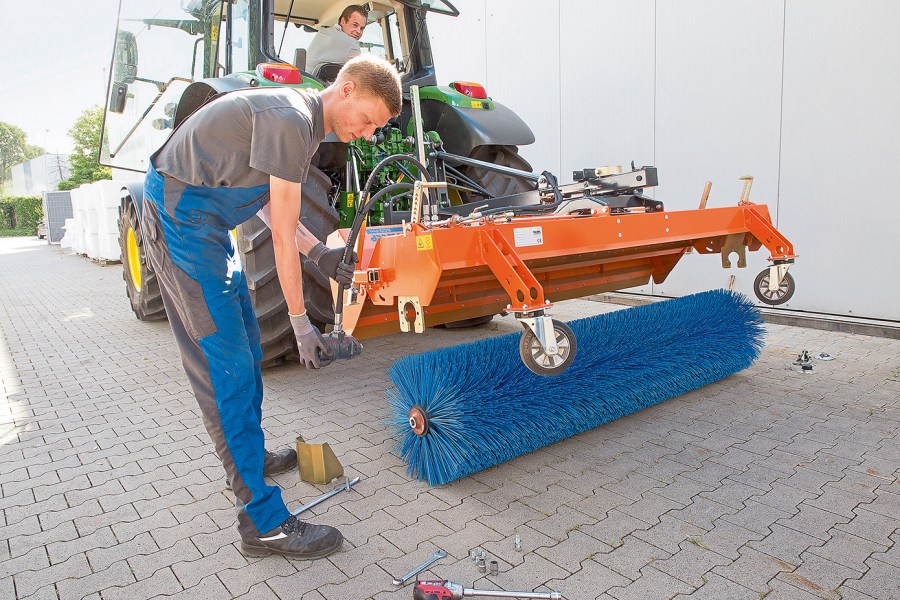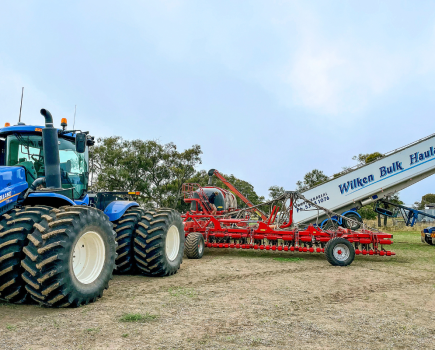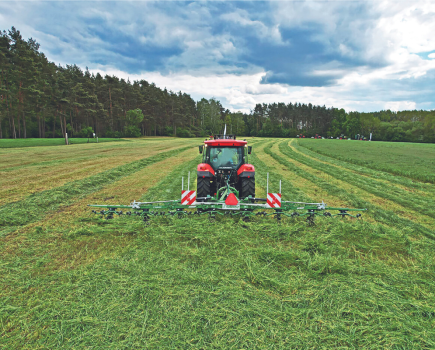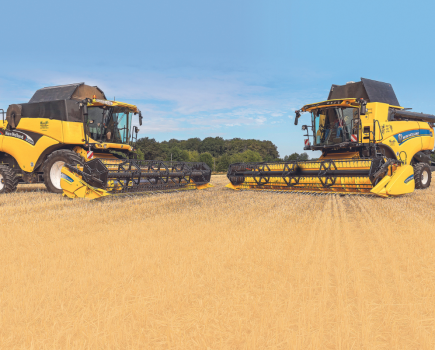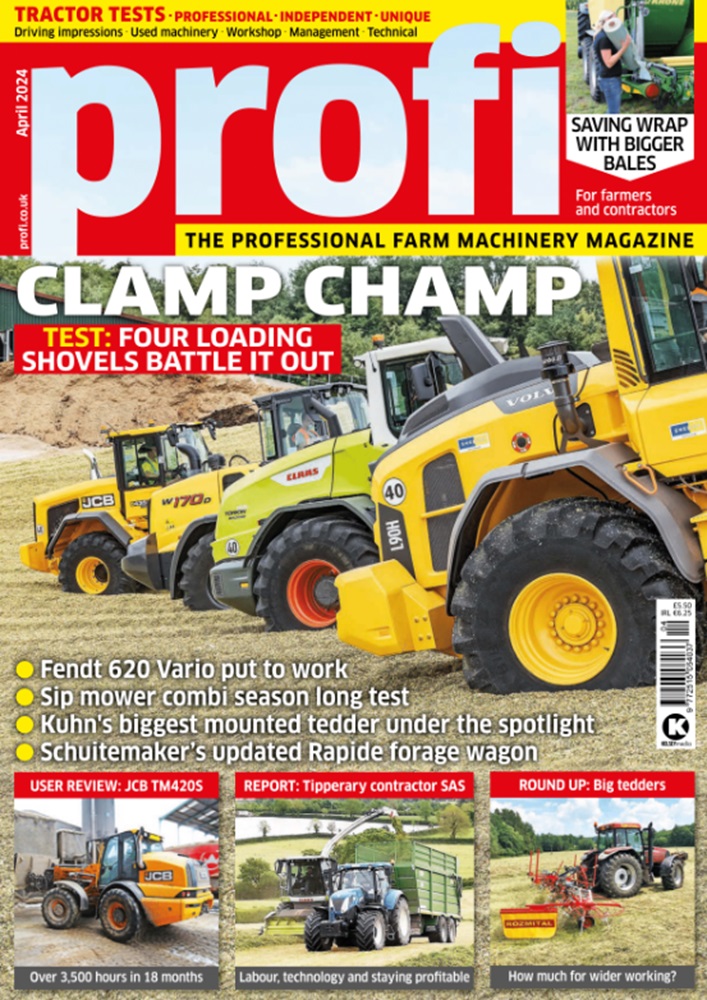The chances are that, if you have a tractor- or forklift-mounted sweeper, it’s probably earning its keep. Has the performance of this vital bit of kit diminished over the years? Yes? Then here are some tips on set-up and maintenance.
Sweeper maintenance is generally neglected or often forgotten entirely. However, when the muck hits the tarmac in a damp time these simple machines need to do a top job of cleaning public roads to avoid a call from the council … or worse.
We visited brush maker Tuchel to learn what it takes to set up a mounted Eco Pro sweeper with collector. This is a 2.30m wide version, which is popular on farms. The man with the advice is field sales rep Carsten Heilemann, who has been with the firm for 16 years and knows the weak spots.
“Sweepers for road construction applications are usually serviced in specialist workshops,” he says. “Some farmers on the other hand, can be, shall we say, rather less particular about care and maintenance.”
Components subjected to most load are the bristle segments, bearings and the drive for the rotor shaft. “Replacing a brush or a bearing is no big deal, though, and has a huge effect on quality of work and life,” says Carsten.
The design of most simple mounted sweepers is much of a muchness. Differences mainly relate to the size and shape of the profile of the brush roller shaft. The machine we look at here has a 50mm square shaft with three 520mm brushes that cost around £120 each.
Tuchel also supplies bristle segments for other rotor shafts. I f swapping brushes, you should also replace the shaft bearing. These will cost around £70 for both bearings.
All in all, you’ll be looking at around £400 to £450 to put new bristles on this size of machine.
For more up-to-date farming news and reviews click here and subscribe now to profi for just £3.99 an issue.

